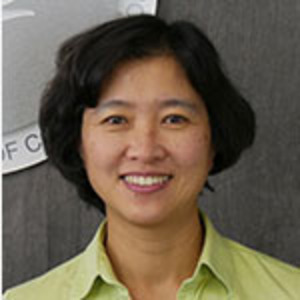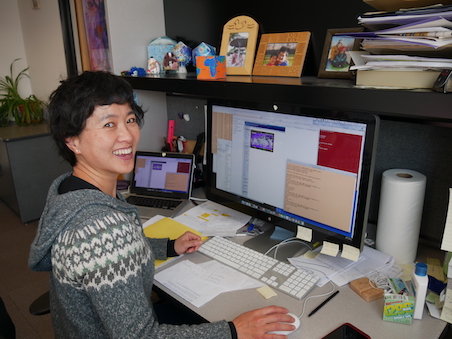2022 Women's History Month Spotlight: Shan Sun


Meet Shan Sun, GSL's Chief of the Earth and Chemistry Modeling Branch in the Earth Prediction Advancement Division!
What was your career path to get here?
I came to GSD in 2009 from NASA’s Goddard Institute for Space Studies at Columbia University where I started as a postdoc and then a research scientist engaged in adding the ocean model HYCOM to the in-house coupled atmosphere-ocean-sea ice model. This model (GISS modelE – no space before E) became a member of the multi-model ensemble in the Intergovernmental Panel on Climate Change assessment report (IPCC AR5 and AR6).
I obtained my M.S. and Ph.D. in Physical Oceanography from the University of Miami (UM) after finishing undergraduate studies at the Ocean University of China in my hometown Qingdao. Between getting the M.S. and entering the Ph.D. program there, I worked for Dr. Sandy McDonald at GSL’s precursor lab FSL. My Ph.D. dissertation was on the intricacies of the equation of state for sea water in the context of modeling ocean circulations in density coordinates.
What are you most proud of?
I am fortunate to be the first one in my family to study abroad. After graduation, my first job at NASA was to write a flux-conserving coupler for a global atmospheric model interacting with an ocean model residing on a different grid. Being primarily an ocean modeler, I got extensive experience in coupled modeling for climate research. Since joining GSL, my focus has been on the development of coupled ocean-atmosphere models for sub-seasonal to seasonal applications. Luckily, I have had opportunities over the years to gain hands-on experience with most of the model components – atmosphere, ocean, sea ice and aerosols – which deepened my understanding of the plethora of processes that play a role and interact in the earth system. This experience puts me in a good position to improve the fidelity of numerical models of that amazingly complex system. While often bogged down like many of us in software development, I feel fortunate to have worked in teams that allowed me to gain insight into scientific issues arising when simulating the inner workings of oceanic and atmospheric circulations on our planet. This link to science has made it easier over the years to publish my work.
